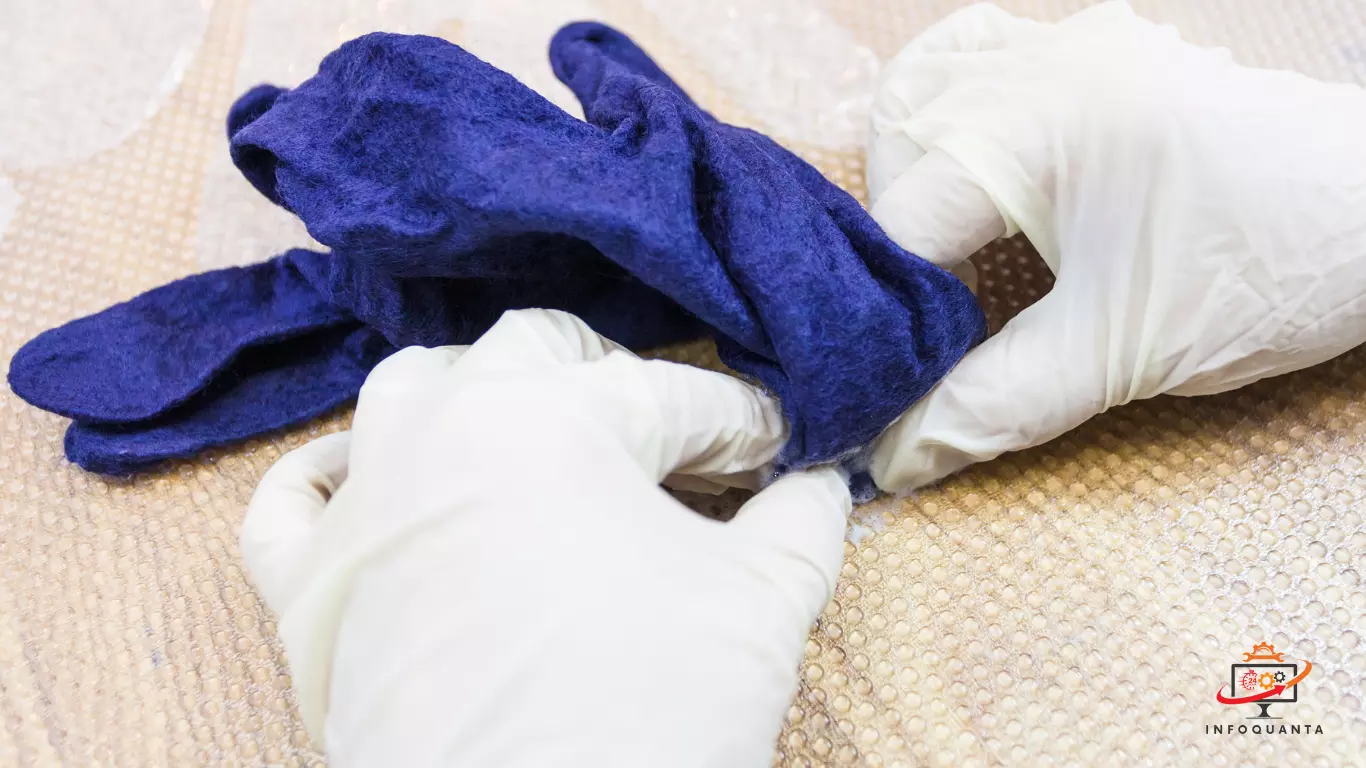Rough edges pose a significant risk to your hands in various work environments, from construction sites to woodworking shops. To safeguard your hands from potential injuries, you need the right tools for the job. Enter “Rough Edges Gloves” – a crucial piece of protective gear designed to shield your hands from abrasions, cuts, and impacts.
In this comprehensive guide, we’ll delve into the world of rough edges gloves, exploring their features, benefits, and how to choose the right pair for your needs.
Rough Edges Gloves – Overview
Rough edges gloves, also known as abrasive-resistant gloves, are specially designed hand protection gear that shields your hands from various forms of rough, abrasive, and sharp materials. These gloves are engineered to endure the harshest conditions and provide superior grip, dexterity, and comfort. They are essential for anyone working with tasks involving rough surfaces or handling sharp objects.
Key Features of Rough Edges Gloves
- Exceptional Durability: Rough edges gloves are constructed using robust materials like Kevlar, leather, or synthetic fabrics. This makes them highly resistant to wear and tear, extending their lifespan.
- Enhanced Grip: Many rough edges gloves feature textured surfaces or coatings that improve your grip on slippery or abrasive surfaces. This helps reduce the risk of accidents and injuries.
- Cut and Puncture Resistance: These gloves offer excellent protection against cuts, punctures, and abrasions. They often incorporate multiple layers of materials to provide maximum safety.
- Comfort and Flexibility: Despite their rugged nature, rough edges gloves are designed to be comfortable and allow for natural hand movements. They typically have ergonomic designs and adjustable closures for a secure fit.
- Heat Resistance: Some rough edges gloves are heat-resistant, making them suitable for tasks that involve welding or working with hot materials.
What gloves are used for rough edges?
Rough edges gloves find applications in various industries and tasks, including:
- Construction and carpentry
- Automotive and mechanical work
- Metalworking and welding
- Gardening and landscaping
- Glass and sheet metal handling
- Manufacturing and fabrication
Choosing the Right Rough Edges Gloves
Selecting the right pair of rough edges gloves is crucial to ensure your safety and comfort. Here are some factors to consider when making your choice:
- Material: Determine the type of materials you’ll be working with. If dealing with sharp objects, opt for gloves with cut-resistant materials like Kevlar. For heat-related tasks, choose heat-resistant gloves.
- Size: Ensure the gloves fit snugly but not too tight. Ill-fitting gloves can reduce dexterity and comfort.
- Grip: Look for gloves with a grip-enhancing surface or coating, especially if you’ll be working in slippery conditions.
- Dexterity: Consider the level of dexterity required for your tasks. Some gloves are designed for fine motor skills, while others provide better protection but may limit dexterity.
- Comfort: Prioritize comfort, especially if you’ll be wearing the gloves for extended periods. Ergonomic designs and breathable materials can make a significant difference.
Frequently Asked Questions (FAQs)
Q1: What are rough edges gloves designed for?
Rough edges gloves are specifically designed to protect your hands when working with rough, abrasive, or sharp materials. They provide cut, puncture, and abrasion resistance, making them essential for tasks in construction, mechanics, metalworking, and more.
Q2: Are rough edges gloves heat-resistant?
Some rough edges gloves are heat-resistant and suitable for tasks involving high temperatures, such as welding or handling hot materials. Be sure to check the product specifications for heat resistance ratings.
Q3: How do I choose the right size of rough edges gloves?
To choose the right size, measure your hand circumference and compare it to the manufacturer’s sizing chart. Ensure a snug but not too tight fit for optimal comfort and safety.
Q4: Can rough edges gloves be used for gardening and landscaping?
Yes, rough edges gloves are versatile and can be used for gardening and landscaping tasks. They protect your hands from thorns, sharp branches, and abrasive surfaces, keeping your hands safe while you work.
Q5: Do rough edges gloves reduce dexterity?
While some rough edges gloves may limit dexterity slightly, many modern designs prioritize both protection and dexterity. Look for gloves with ergonomic designs and flexible materials to maintain good hand movement.
Conclusion
rough edges gloves are an indispensable tool for anyone working with abrasive or sharp materials. Their durability, versatility, and protective features make them an essential part of personal protective equipment, ensuring that your hands stay safe while you tackle even the toughest tasks. Choose the right pair of rough edges gloves that suit your needs, and enjoy enhanced safety and comfort in your work.

